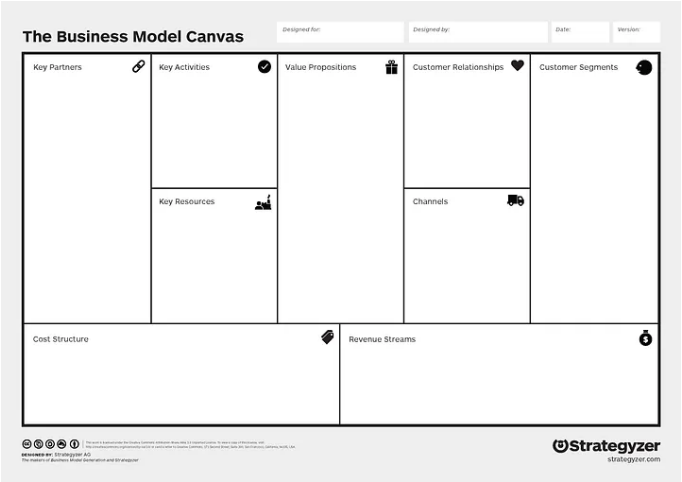Vision & Strategy
Product Vision
A product vision highlights a product’s long-term objectives and goals while also articulating a rationale for why the product exists. For customers, it is a vehicle to generate excitement and to convey value, and for internal stakeholders, it should be held up as a figurative north star guiding the direction of product development and internal communication. A product vision should be memorable; brevity and clarity are strengths. You want it to say a lot without saying too much. Ultimately, it is a message about direction and an aspirational future state.
< more to come… >
Resources:
- https://www.svpg.com/product-vision-vs-mission/
- https://www.romanpichler.com/blog/the-product-vision-board/
Product Strategy
Where a product vision is focused on defining some desirable future product condition, a product strategy is intended to be the bridge or path that enables the achievement of that future. This is a probabilistic exercise, and the job is to consider and then to make choices that increase the probability of success. The world is a complex and adaptive environment, and a product strategy needs to incorporate this understanding along with the identification of a worthwhile target market, a justification of why that’s the best choice, and an explanation of how it is going to capture and deliver value in hard-to-copy ways while delighting customers.
< more to come… >
Resources:
Tools:
Business Model Canvas (BMC)
The Business Model Canvas is a strategic tool that provides a comprehensive framework for developing and describing a business model. It is comprised of nine functional building blocks intended to provide visibility and clarity on how a company intends to create, deliver, and capture value.

Key Elements:
-
Key Partners: The network of suppliers and partners who are motivated and stand to benefit when their work helps the company succeed.
-
Key Activities: The core set of activities a company must perform in order to operate successfully.
-
Key Resources: The essential assets a company must be able to utilize to make their business model viable.
-
Value Propositions: The unique combination of products, services, and benefits a company offers in a compelling way that convinces a customer to make a purchase.
-
Customer Relationships: The interaction model(s) the company adopts (ex. “high touch” vs. “low touch”) to acquire and retain its preferred customer segments.
-
Channels: How the company reaches and delivers its products and/or services to its customer segments.
-
Customer Segments: The different person/business group or type your company aims to reach and serve.
-
Cost Structure: Comprises all the sources of expense the company incurs during the process of creating and delivering on it’s value proposition.
-
Revenue Streams: How the company is able to generate incoming cash from one or more of its customer segments.
Why use the BMC?
-
Clarity and Alignment: The BMC provides a structured way to visualize and comprehend how different elements of a business interact. This level of insight can help stakeholders align towards a common goal.
-
Communication: It serves as a common language for discussing, designing, and iterating business models within teams and across organizations.
-
Strategic Focus: It surfaces the components of the business that need to be identified and evaluated to create value and to strengthen the company’s competitive advantage. A good strategy is reinforced by it’s different components.
-
Continuous Improvement: It supports continuous improvement of the business model by allowing businesses to test assumptions and iterate based on customer feedback and market changes.
Related Links:
- Template download @Strategyzer.com
- BMC Explained (pdf download)
- Roger Martin: Business Model Generation & Playing to Win - Great article.